I would like to make a histogram where the fill color changes depending on the low end of the bin. I do not want a manual fill. This answer seems promising, but I could not transition it successfully to a histogram and two-value (not gradient) color scheme. I believe the solution may be some ifelse logic within geom_histogram(fill= ) but I don't know how to access the bin starting value.
For example, in the below histogram, I would like to color revenue bins over $100,000 red to show the high-revenue customers.
library(ggplot2)
library(scales)
n <- 10000
cust <- data.frame(cust_id=1:n,cust_rev <- rexp(n,.00001))
# I want to use a log scale for my tick marks and bin breaks
powers <- function(base,exp) sapply(1:exp, function(exp) base^exp )
ggplot(cust, aes(cust_rev)) +
geom_histogram(color="black",fill="light blue", binwidth=1/3) +
scale_x_log10(labels=comma, breaks=powers(10,8)) +
scale_y_continuous(labels=comma) +
xlab("Customer Revenue") + ylab("Number of Customers") +
ggtitle("Distribution of Customer Value")

Also, I attempted a workaround with a second geom_histogram(), but was unsuccessful.
ggplot(cust, aes(x=cust_rev)) +
geom_histogram(color="black",fill="light blue", binwidth=1/3) +
geom_histogram(data=subset(cust,cust_rev>100000),
color="black",fill="red", binwidth=1/3) +
scale_x_log10(labels=comma, breaks=powers(10,8)) +
scale_y_continuous(labels=comma) +
xlab("Customer Revenue ($)") + ylab("Number of Customers") +
ggtitle("Distribution of Customer Value")
# Error in data.frame(x = c(45291.1377418786, 52770.7004919648, 15748.975193128,
# : arguments imply differing number of rows: 10000, 3568

